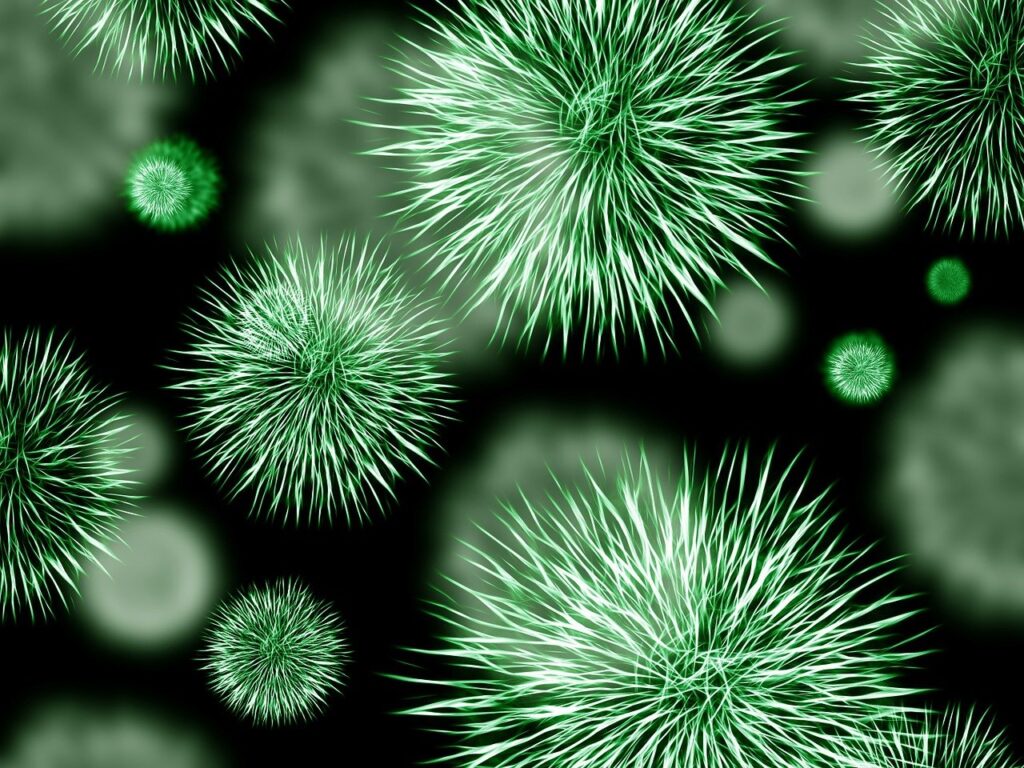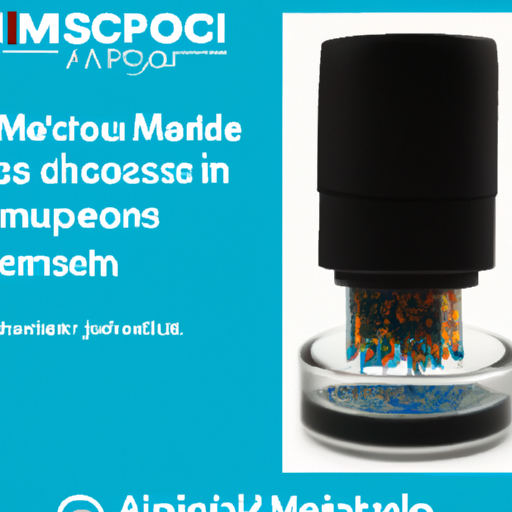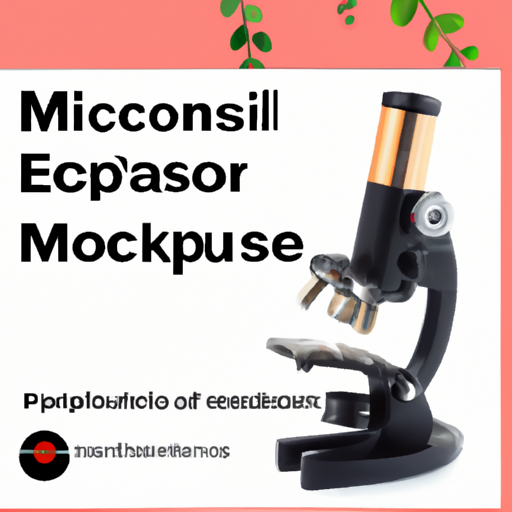Have you ever wondered if your iPhone could be transformed into a microscope? Well, the answer might surprise you. In this article, we will explore the possibility of using an iPhone as a microscope and discover how this innovative feature can open up a whole new world of exploration and discovery right at your fingertips. So, grab your iPhone and get ready to embark on a microscopic adventure like no other!

Overview
What is a microscope?
A microscope is a scientific instrument used to magnify and observe small objects or specimens that are not visible to the naked eye. It consists of a lens or a combination of lenses, objective and eyepiece, that enables users to see these tiny details by focusing and enlarging them.
What is an iPhone?
An iPhone is a popular smartphone developed by Apple Inc. It is equipped with advanced features such as a high-resolution camera, powerful zoom capabilities, and a range of sophisticated apps and software. The iPhone has become an essential device for communication, entertainment, and productivity for millions of people worldwide.
The Capability of an iPhone
Camera
One of the most impressive features of an iPhone is its high-quality camera. With each new generation, Apple continues to improve the camera’s capabilities, allowing users to capture stunning images and videos. The camera has a wide range of applications, including microscopy.
Zoom Function
iPhones are equipped with a digitally enhanced zoom function, allowing users to bring distant objects closer without compromising image quality. This zoom capability can be particularly useful when trying to observe tiny details on an object.
Resolution
Another crucial aspect of the iPhone’s camera is its impressive resolution. The latest iPhone models boast incredibly high pixel counts, resulting in sharp and detailed images. This level of resolution is invaluable when trying to observe minute specimens under a microscope.

The Necessity of Additional Equipment
Microscope Attachment
In order to transform an iPhone into a functional microscope, additional equipment is necessary. A microscope attachment is a device that enables users to attach their iPhone securely to a microscope, aligning the camera lens with the optical path. This attachment ensures stability and proper alignment for accurate imaging.
Lens Adapter
A lens adapter is another essential piece of equipment needed when using an iPhone as a microscope. This adapter allows for the attachment of different lenses to the iPhone camera, enhancing magnification and enabling users to achieve higher levels of resolution.
Light Source
Proper lighting is crucial when using a microscope to observe specimens. Traditional microscopes are equipped with built-in light sources such as halogen bulbs or LED lights. When using an iPhone as a microscope, an external light source may be necessary to ensure adequate illumination for accurate imaging.
Applications and Usage
Education
The use of iPhones as microscopes has great potential in the field of education. Since iPhones are easily accessible and widely used among students and teachers, they can facilitate hands-on learning experiences. Students can capture and analyze images of specimens, allowing them to explore and understand complex scientific concepts more effectively.
Research
iPhones can also be utilized in research settings. They offer researchers a portable and convenient tool for magnifying and documenting microscopic samples. This can be particularly useful in field research, where traditional microscopes may not be readily available.
Medical Field
In the medical field, iPhones used as microscopes can have significant applications. Clinicians and healthcare providers can use them for rapid on-site diagnosis, image analysis, and telemedicine. The ability to capture and share images easily can enhance communication and collaboration among medical professionals.

Limitations and Challenges
Magnification Limit
One of the main limitations of using an iPhone as a microscope is the magnification limit. While traditional microscopes offer varying levels of magnification, the iPhone’s capabilities are limited by the camera’s hardware. Achieving extremely high levels of magnification may be challenging with an iPhone alone.
Image Quality
Although the iPhone’s camera is exceptionally capable, it may not provide the same level of image quality as a dedicated microscope. Factors such as lighting conditions and surface reflections can affect the clarity and detail of the images captured by the iPhone.
Accuracy
The accuracy of measurements and observations made using an iPhone as a microscope may not be as precise as those made using a traditional microscope. This is due to the limitations in magnification and the potential for distortion or aberrations in the images captured.
Comparisons with Traditional Microscopes
Portability
One of the key advantages of using an iPhone as a microscope is its portability. Traditional microscopes are typically bulky and require a stable surface for optimal usage, making them less suitable for fieldwork or on-the-go observations. iPhones, on the other hand, are compact and lightweight, allowing for easy transportation.
Cost
Traditional microscopes can be expensive, especially when considering higher magnification levels or specialized features. The cost of an iPhone, while still an investment, is generally more affordable and accessible to a wider range of users.
Multifunctionality
While traditional microscopes are designed solely for magnification and observation purposes, iPhones offer a multitude of additional features and functions. They can be used for communication, data storage, and access to various apps and software, making them a versatile tool in many other aspects of life.

Reviews and Recommendations
Microscope Attachments
Many microscope attachments are available in the market, each with its own set of features and compatibility options. It is important to research and choose a reliable and high-quality attachment that offers stability, precise alignment, and compatibility with different microscope models.
Apps and Software
Various apps and software are specifically designed for using iPhones as microscopes. These applications offer features such as image analysis, measurement tools, and image manipulation for enhancing the user’s experience. Researching and selecting the right app or software that suits specific needs is crucial for maximizing the potential of the iPhone as a microscope.
User Experiences
Reading and considering user reviews and experiences with using iPhones as microscopes can provide valuable insights. Many individuals have shared their experiences, highlighting the benefits, limitations, and tips for optimizing the use of iPhones in microscopy. This can assist in making informed decisions and avoiding potential setbacks.
Future Developments
Advancements in Camera Technology
As camera technology continues to advance, iPhones are expected to offer even higher resolution and improved imaging capabilities. This ongoing progress will further enhance the iPhone’s potential as a microscope and enable users to capture more detailed and accurate images.
Enhanced Software Features
Software developers are constantly improving apps and software for microscopy on iPhones. These advancements may include features such as automated image analysis, real-time data sharing, and integration with other scientific instruments or technologies.
Integration with AI
The integration of artificial intelligence (AI) with iPhones used as microscopes holds great promise. AI algorithms can assist in image analysis, object recognition, and even diagnosis, further expanding the range of applications and accuracy of observations made with iPhones.

Conclusion
The Potential of iPhones as Microscopes
While iPhones are not traditional microscopes, they possess remarkable capabilities that make them suitable for certain microscopy applications. With the right attachments, software, and accessories, iPhones can facilitate observation, documentation, and analysis of small objects and specimens.
Considerations before Using iPhones as Microscopes
It is important to consider the limitations and challenges associated with using iPhones as microscopes. Factors such as magnification limits, image quality, and accuracy should be taken into account. When used within their capabilities, iPhones can provide a convenient, portable, and cost-effective solution for various microscopy needs.




